Understanding Solar Panel Wiring: Series vs. Parallel
Understanding Solar Panel Wiring: Series vs. Parallel
Solar energy has become a popular renewable energy source worldwide. As more homeowners and businesses adopt solar power, understanding the technical aspects of solar panel installation becomes crucial. One of the primary considerations is how to wire solar panels – in series or parallel. This article delves deep into the technicalities of solar panel wiring and the role of Maximum Power Point Tracking (MPPT) in optimizing solar energy conversion.
1. Solar Panel Wiring: Series vs. Parallel
a. Wiring in Series
When solar panels are wired in series, the voltage of each panel is added together, but the current remains the same. This configuration increases the overall voltage but keeps the amperage consistent.
b. Wiring in Parallel
In a parallel configuration, the voltage remains the same across all panels, but the current (amperage) is cumulative. This means that the voltage remains consistent, but the overall current capacity increases.
2. The Myth of Higher Voltage
A common misconception is that wiring solar panels in series to achieve a higher voltage will yield better results. However, this is not necessarily true for several reasons:
a. Role of MPPTs
MPPTs are designed to optimize the power output from solar panels. They work most efficiently when operating at the same nominal voltage as the battery they're charging. When the voltage from the solar array is significantly higher than the battery voltage, the MPPT has to work harder to convert that voltage, leading to inefficiencies.
b. Voltage Drop Issues
Appropriate solar array cable sizing is crucial to eliminate voltage drop issues. When solar panels are wired in series, the increased voltage can lead to higher resistive losses if not appropriately managed with the correct cable size. In contrast, with parallel wiring and appropriate cable sizing, voltage drop issues can be effectively mitigated.
c. Morning and Evening Voltage
While it's true that wiring in series can lead to higher voltages during mornings and evenings, this doesn't necessarily translate to increased power yield. Voltage alone doesn't produce power; it needs current. In the early mornings and late evenings, even if the voltage is higher due to series wiring, the current (or amperage) is minimal because of the low sun angle, resulting in no significant power output.
3. The Science Behind MPPT Efficiency
Maximum Power Point Tracking (MPPT) is a technique used in solar charge controllers to extract the maximum available power from the PV module under certain conditions.
a. How MPPT Works
MPPT constantly monitors the voltage and current output of the panels to determine the maximum power point. It then adjusts its input load to operate at this maximum power point, ensuring optimal energy transfer.
b. Voltage and MPPT Efficiency
For an MPPT to work efficiently, the voltage of the solar array should be close to the voltage of the battery. When there's a significant difference between the two, the MPPT has to convert the excess voltage into amperage. This conversion process can lead to energy losses.
4. Importance of Solar Array Cable Sizing
The size of the solar array cable plays a pivotal role in the efficiency of the solar energy system.
a. Voltage Drop and Cable Size
Voltage drop refers to the reduction in voltage as electricity travels along a cable. This drop can be significant if the cable is too thin or too long. By using a thicker cable (lower gauge), the resistance is reduced, minimizing the voltage drop.
b. Series Wiring and Cable Size
In series wiring, as the voltage increases, the potential for voltage drop also rises, especially if the cable size isn't appropriately chosen. This can lead to energy losses and reduced system efficiency.
5. Morning and Evening Solar Yields
Solar panels rely on sunlight to produce electricity. The angle of the sun and its intensity play a significant role in the amount of energy generated.
a. Voltage without Current
In the mornings and evenings, the sun's angle is low, leading to reduced sunlight intensity. While the voltage might be present due to the inherent properties of the solar cells, the current (or amperage) is minimal. Without current, the voltage alone cannot produce power.
b. Implications for Series Wiring
Even if panels are wired in series and produce higher voltages during these times, the lack of current means there's no significant increase in power yield.
Conclusion
While the technicalities of solar panel wiring might seem daunting, understanding the principles behind series and parallel configurations, the role of MPPTs, and the importance of cable sizing can lead to a more efficient solar energy system. By debunking myths and focusing on the science, one can optimize their solar installation for maximum power yield and efficiency.

 Solar Charge Controllers
Solar Charge Controllers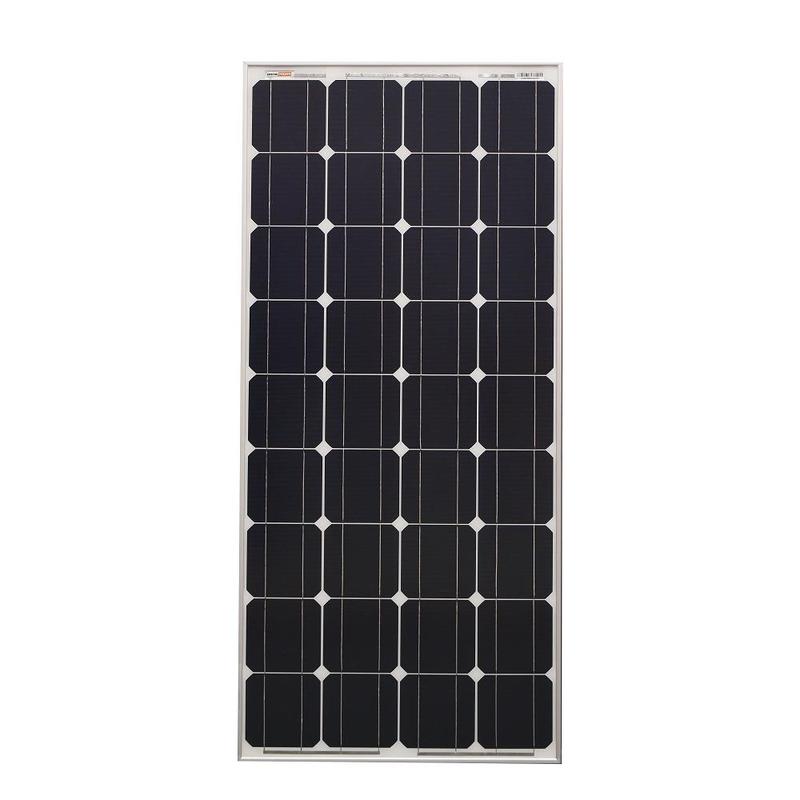 Rigid Solar Panels
Rigid Solar Panels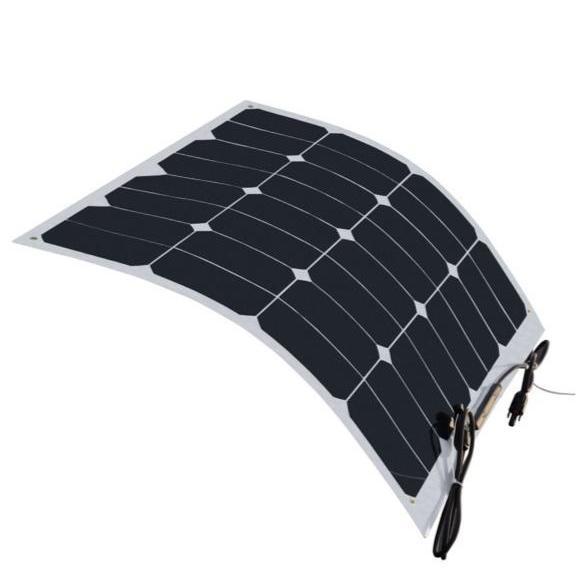 Lightweight Solar Panels
Lightweight Solar Panels ABS
ABS Tile & Tin
Tile & Tin Ground Mounting
Ground Mounting See All
See All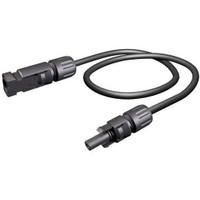 Solar Cables
Solar Cables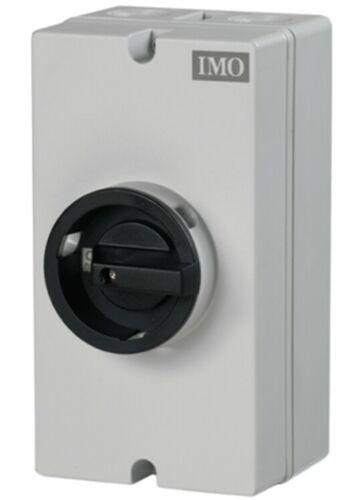 Solar Isolators
Solar Isolators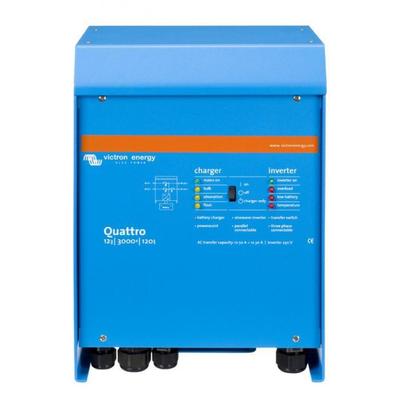 Inverter Chargers
Inverter Chargers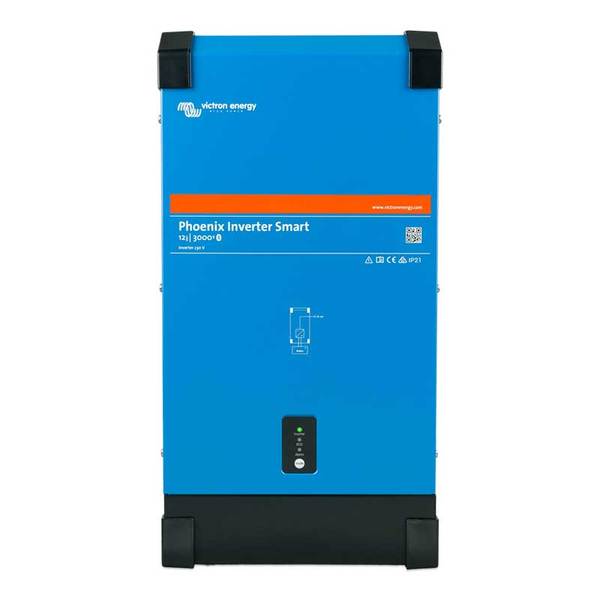 Inverters
Inverters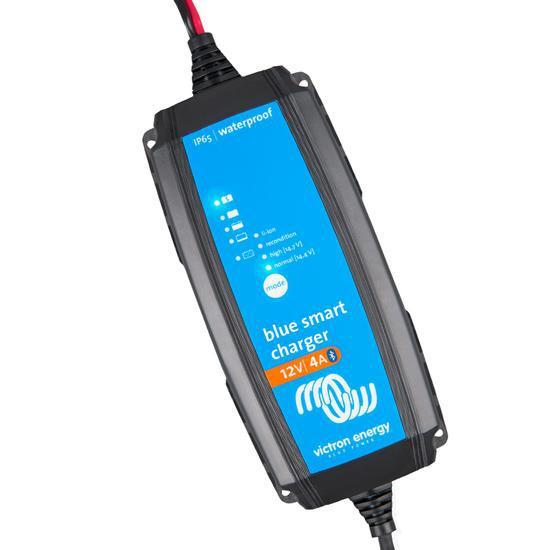 Battery Chargers
Battery Chargers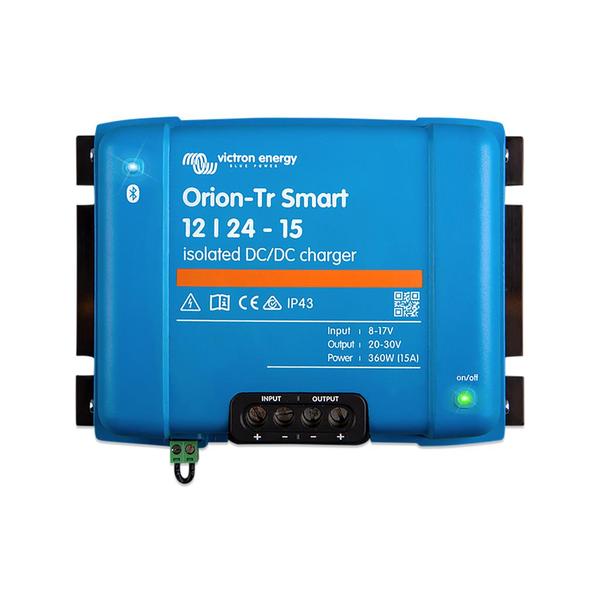 DC/DC Chargers
DC/DC Chargers 12V lithium batteries
12V lithium batteries 24V lithium batteries
24V lithium batteries 36V lithium batteries
36V lithium batteries 48V lithium batteries
48V lithium batteries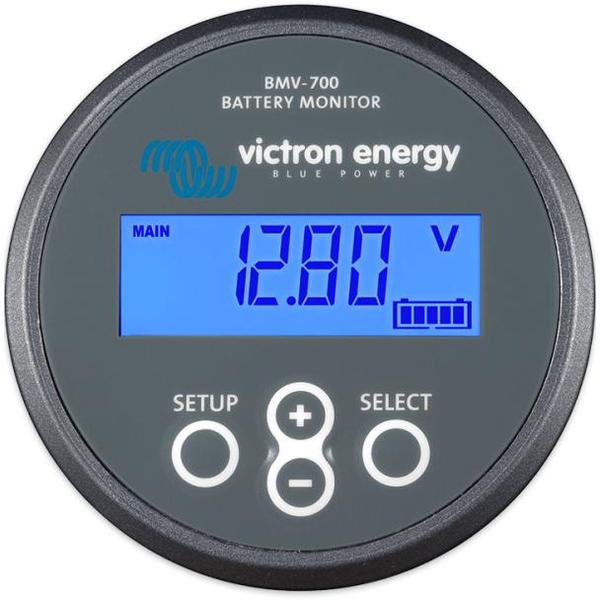 Battery Monitors
Battery Monitors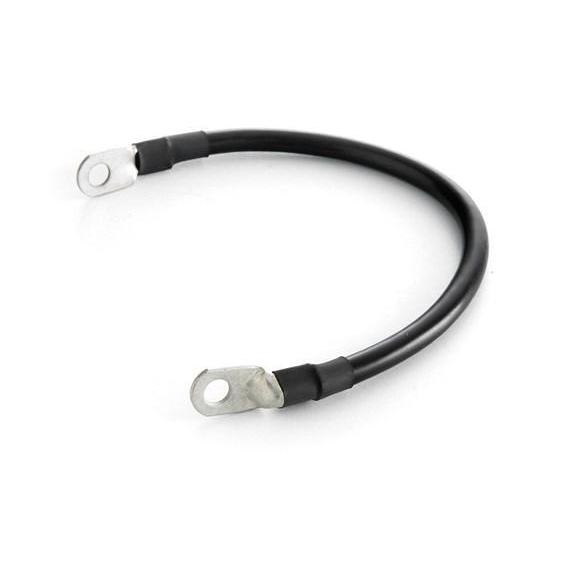 Battery Cables
Battery Cables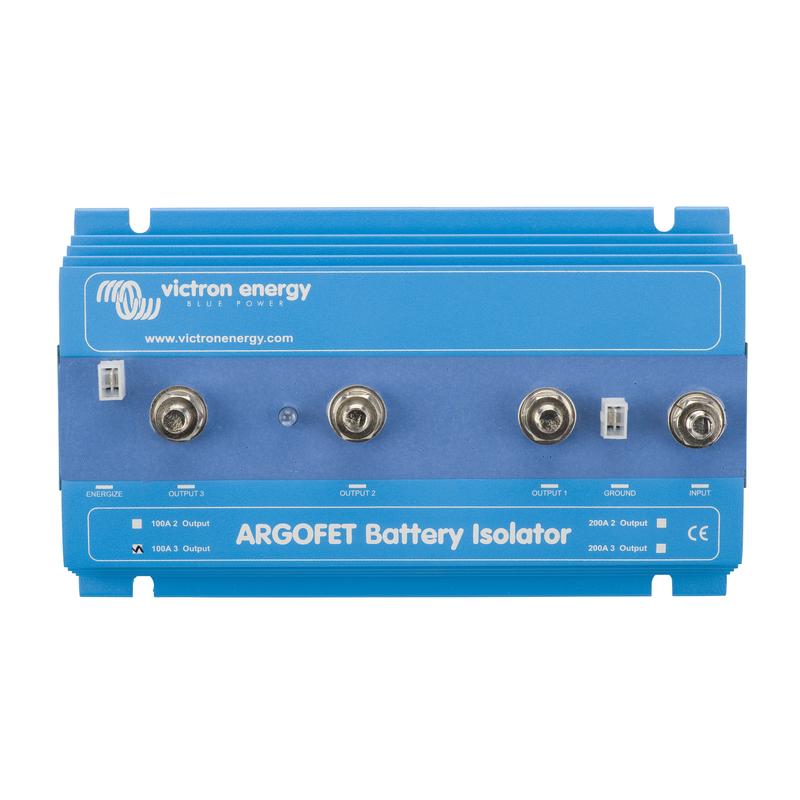 Battery Isolators
Battery Isolators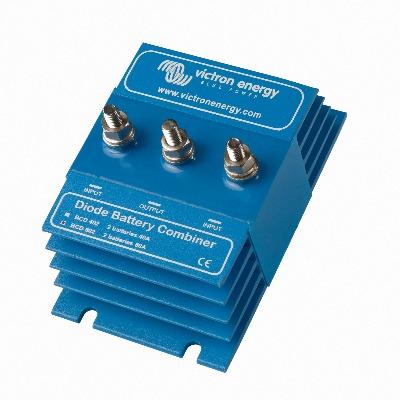 Battery Combiners
Battery Combiners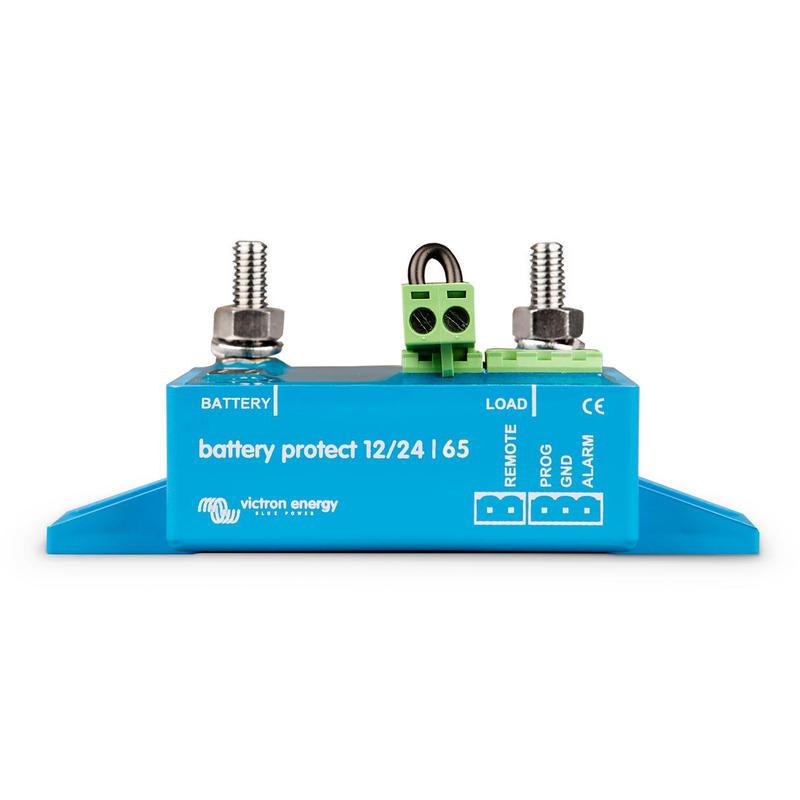 Low Voltage Disconnection
Low Voltage Disconnection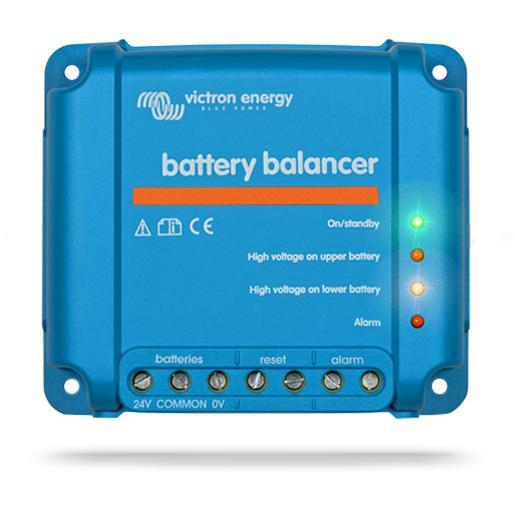 Battery Balancer
Battery Balancer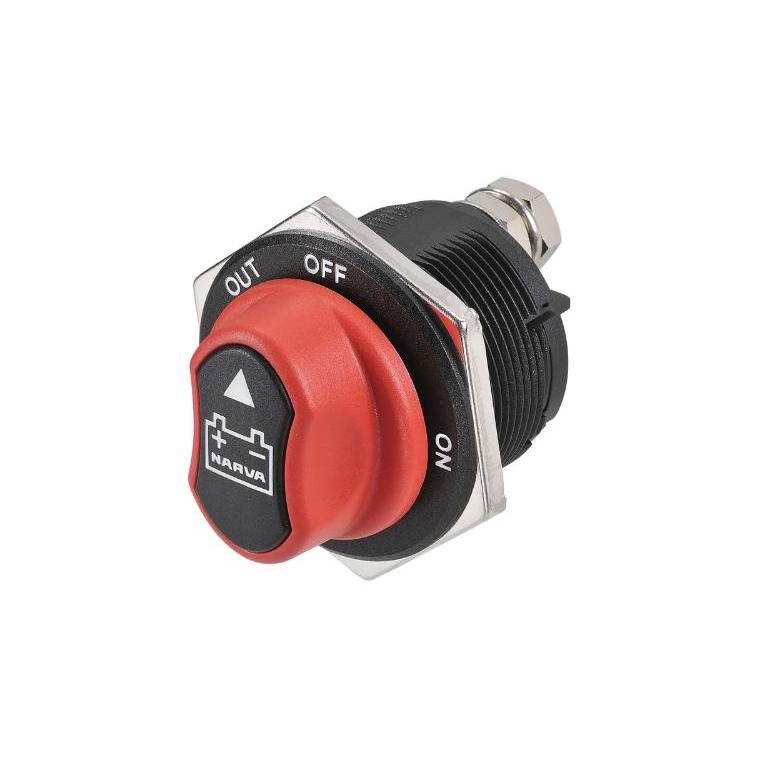 Battery Switches
Battery Switches Power Cables
Power Cables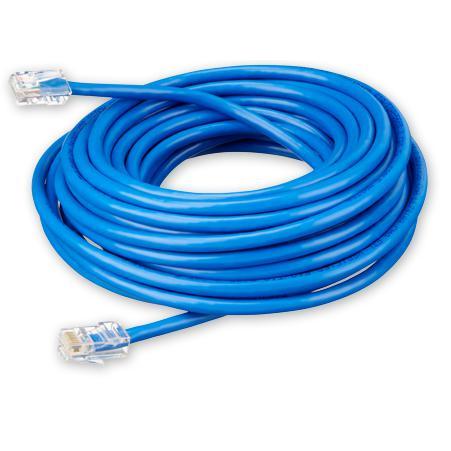 Comms Cables
Comms Cables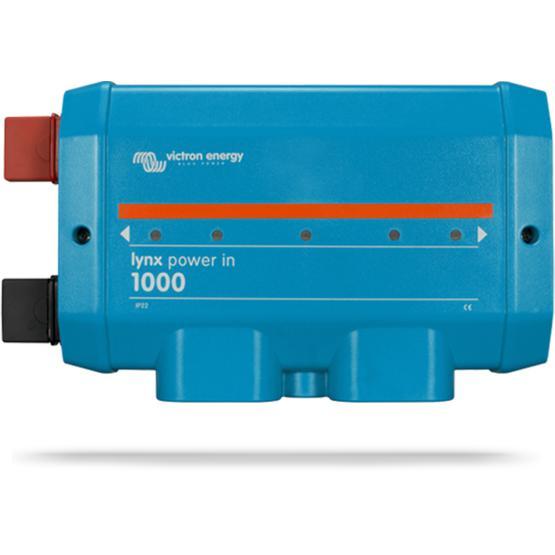 Bus Bars
Bus Bars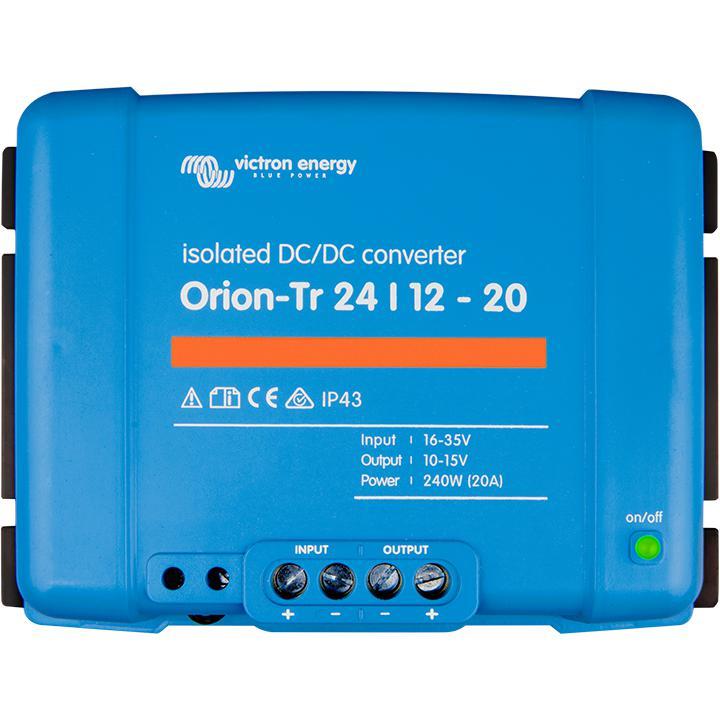 Converters
Converters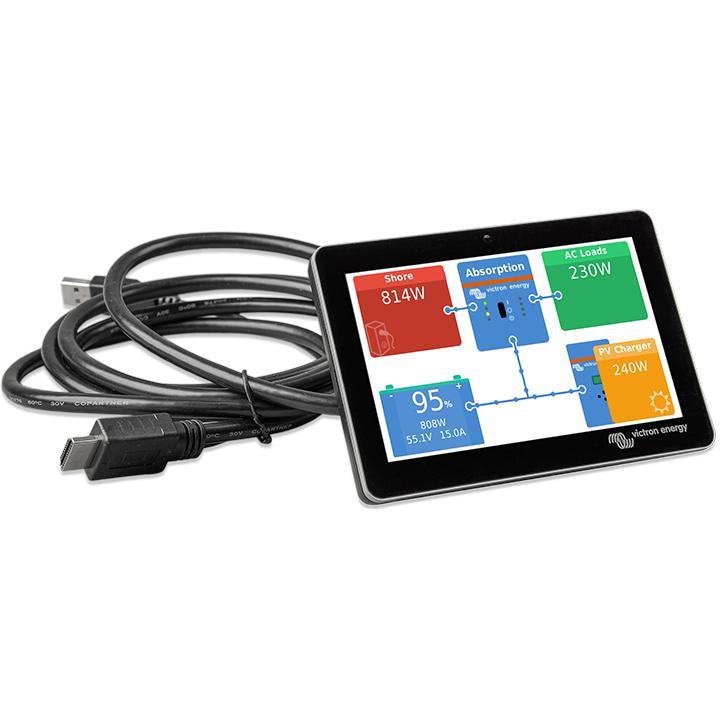 Victron GX Devices
Victron GX Devices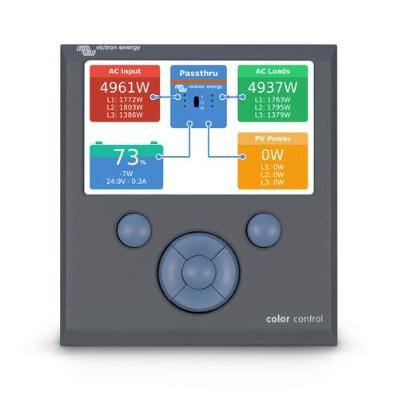 Remote Control Panels
Remote Control Panels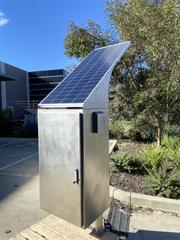 Custom Designs
Custom Designs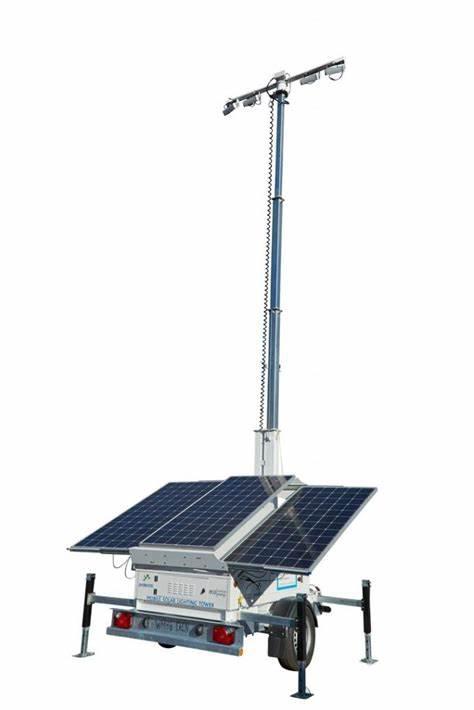 Solar Lighting
Solar Lighting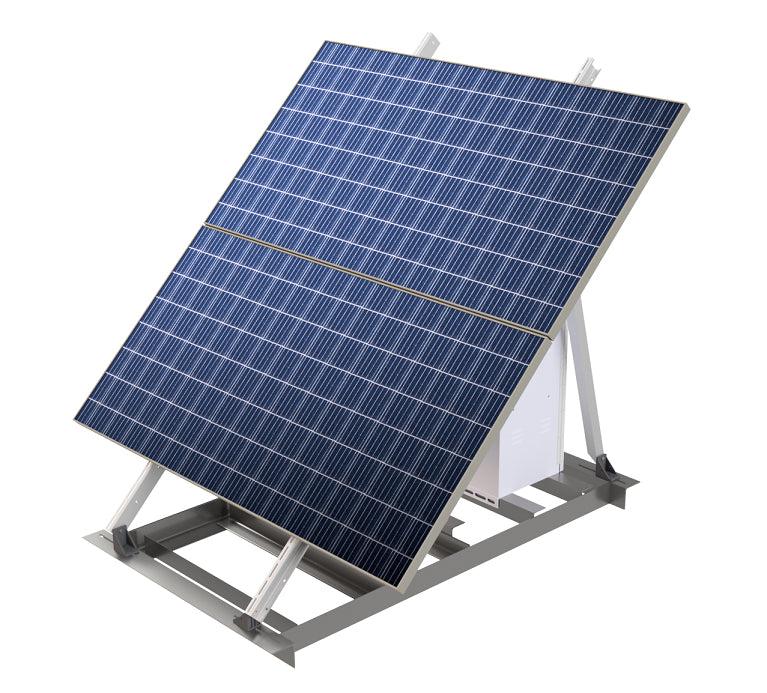 Solar Skids
Solar Skids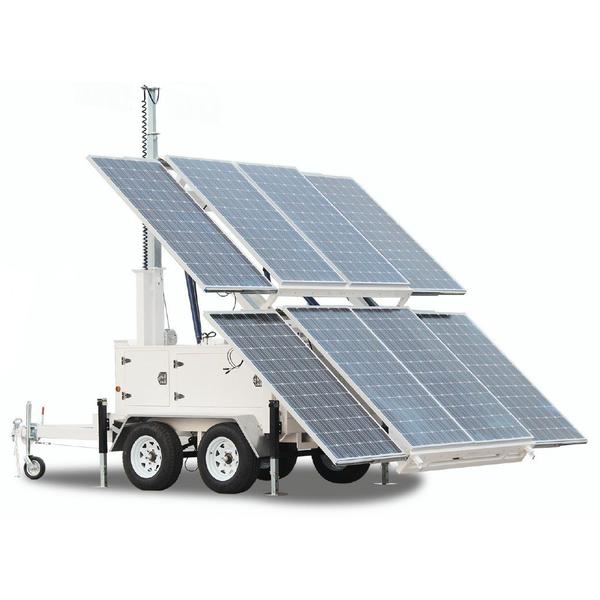 Solar Trailers
Solar Trailers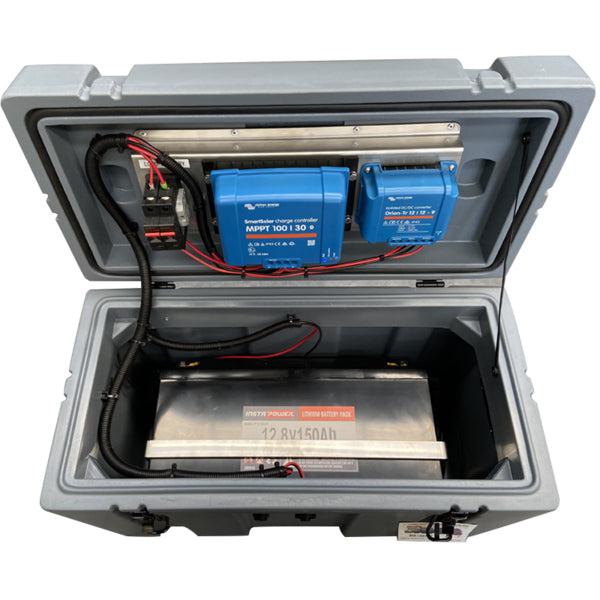 Portable Power Packs
Portable Power Packs Containerised Off Grid Power Systems
Containerised Off Grid Power Systems Cable and Fuse Calculator
Cable and Fuse Calculator Cable Size Calculator
Cable Size Calculator Main Battery Fuse/Isolator Calc
Main Battery Fuse/Isolator Calc Solar Charge Controller Calc
Solar Charge Controller Calc System Size Calculator
System Size Calculator Technical Info
Technical Info How DC/DC Chargers Work: Charging a House Battery from the Alternator
How DC/DC Chargers Work: Charging a House Battery from the Alternator Offgrid Battery Isolator "Loopback" Wiring - What is it and why do you need it?
Offgrid Battery Isolator "Loopback" Wiring - What is it and why do you need it? Shunt-Based Battery Monitoring: A Comprehensive Guide
Shunt-Based Battery Monitoring: A Comprehensive Guide Inverter/Chargers vs. Normal Inverters: A Deep Dive into Technical Details
Inverter/Chargers vs. Normal Inverters: A Deep Dive into Technical Details Understanding Solar Panel Wiring: Series vs. Parallel
Understanding Solar Panel Wiring: Series vs. Parallel RV and Vehicle Kits
RV and Vehicle Kits Small Off-Grid Kits
Small Off-Grid Kits Medium Off-Grid Kits
Medium Off-Grid Kits Large Off-Grid Kits
Large Off-Grid Kits